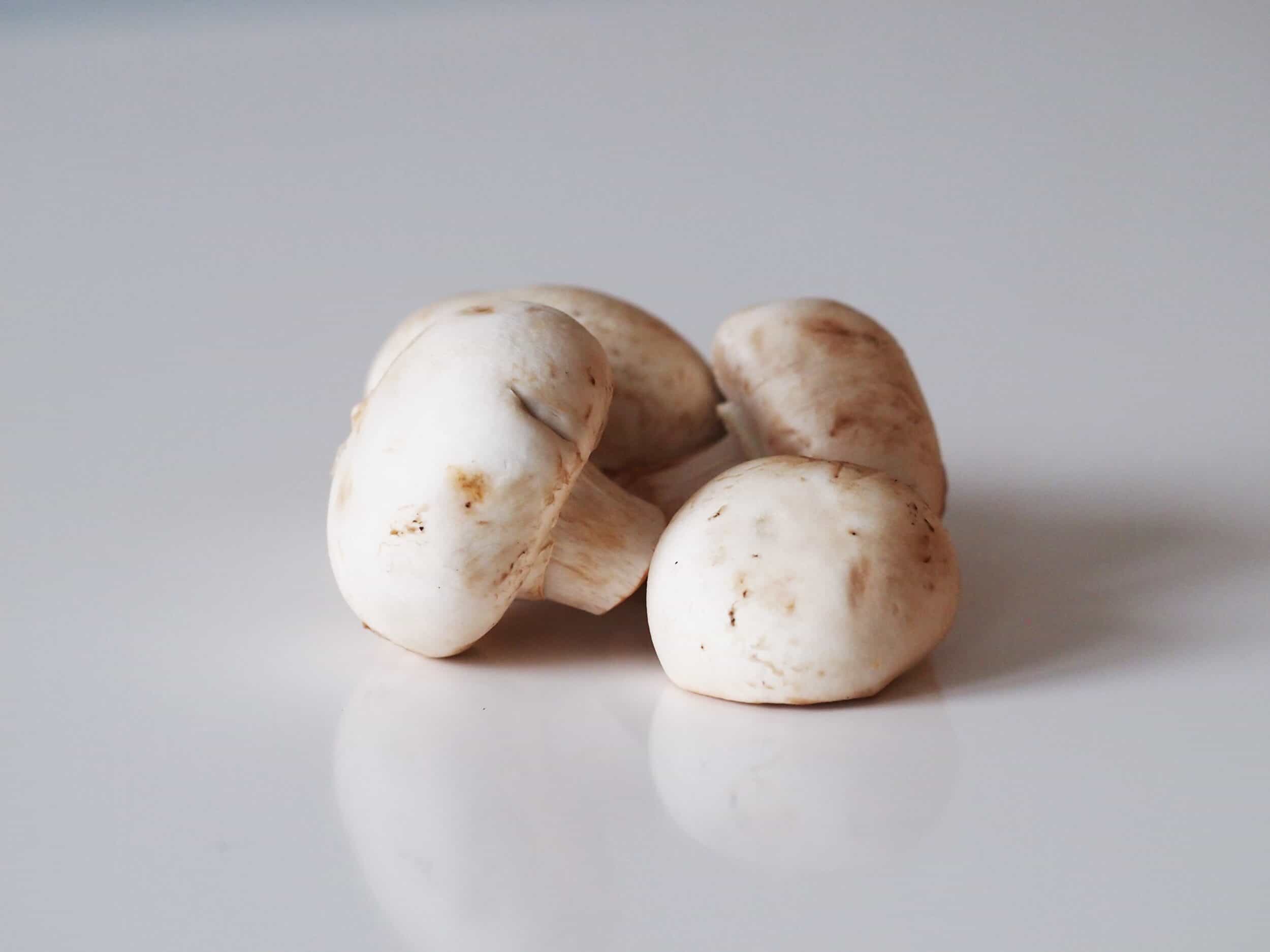Food Safety Tips for Mushrooms
Ensuring food safety when handling and consuming mushrooms is essential to prevent foodborne illness. Here are some food safety tips specifically for mushrooms:
1. Choose Fresh Mushrooms:
When purchasing mushrooms, select those that are firm, plump, and free from bruises, discoloration, or mold. Avoid mushrooms with a slimy texture or strong odor.
2. Store Properly:
Store mushrooms in the refrigerator in a paper bag or a perforated plastic bag to maintain freshness and prevent moisture buildup. Avoid storing mushrooms in airtight containers, as this can cause them to spoil more quickly.
3. Wash Thoroughly:
Rinse mushrooms under cold, running water just before using them. Gently brush off any dirt or debris using a soft brush or cloth. Avoid soaking mushrooms in water, as they can absorb excess moisture and become soggy.
4. Cook Thoroughly:
Cooking mushrooms thoroughly kills any harmful bacteria or fungi that may be present. Whether sautéing, grilling, roasting, or simmering, ensure that mushrooms reach a safe internal temperature of at least 165°F (74°C) to kill any pathogens.
5. Avoid Cross-Contamination:
Prevent cross-contamination by keeping mushrooms separate from raw meat, poultry, seafood, and other ready-to-eat foods during storage, preparation, and cooking. Use separate cutting boards, utensils, and surfaces for mushrooms and other ingredients, and wash your hands thoroughly after handling raw mushrooms.
6. Consume Promptly:
Consume cooked mushrooms promptly after cooking. If storing leftover cooked mushrooms, refrigerate them within 2 hours in shallow, airtight containers and consume them within 3 to 4 days. Reheat leftovers to an internal temperature of 165°F (74°C) before serving.
7. Use Reliable Sources:
Obtain mushrooms from reputable suppliers and sources to ensure their safety and quality. Avoid foraging for wild mushrooms unless you are knowledgeable about identifying safe varieties, as many wild mushrooms are toxic and can cause serious illness or even death if consumed.
By following these food safety tips, you can enjoy mushrooms safely while minimizing the risk of foodborne illness.

Comments
Post a Comment